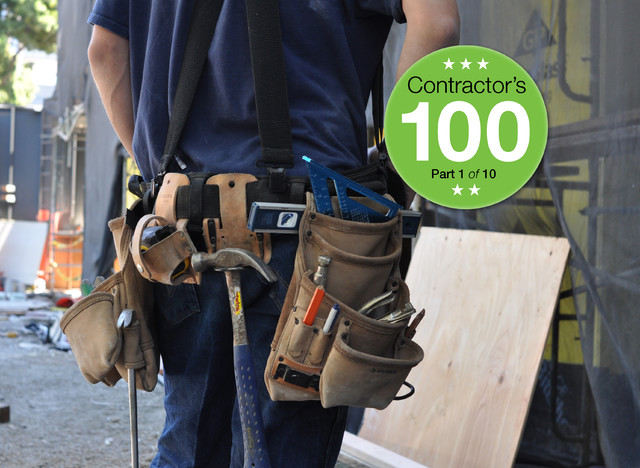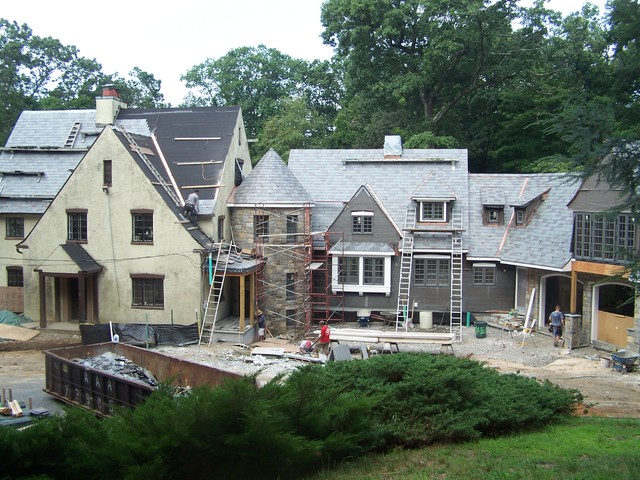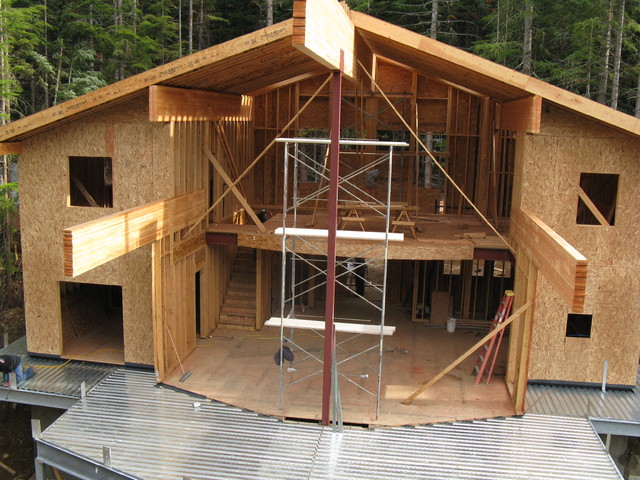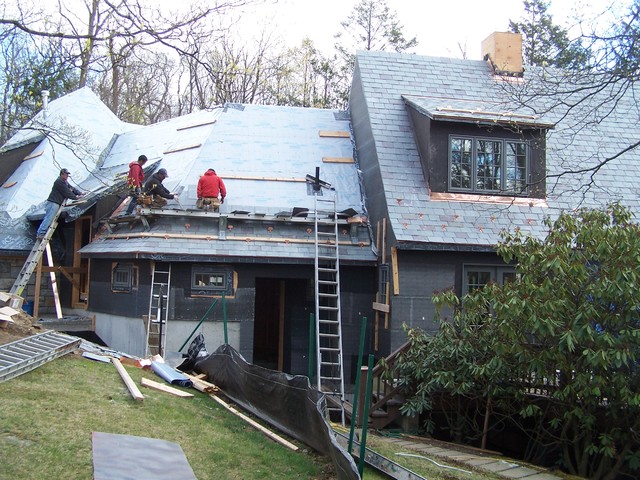Top 10 Home Remodeling Don'ts
Contractor Tips: Top 10 Home Remodeling Don'ts
Help your home renovation go smoothly and stay on budget with this wise advice from a pro
I’ve learned a lot working as a contractor, and some of those lessons can help homeowners too. What you do is just as important as what you don't do, and sometimes a homeowner's instinct can negatively affect a home renovation project.
How do you know if you're helping or hurting your project? Read on to find out and to see what can help simplify your home remodel.
|
by Janet Paik
by Janet Paik
|
|
1. Don't delay decisions. If
you want your remodel to go well, the best thing to do is make every
single decision before work starts. A good builder can talk you through
the list of situations that might come up on your job, but decisions
about situations aren't usually what cause delays.
Instead, most of the issues are related to decisions about things like paint, trim and faucet selection. These may seem small, but when your faucet is two weeks late, plumbers have to be rescheduled and the medicine cabinet door hits the faucet when it's installed, you’ll see how something small can balloon into a week’s delay on a five-week project. |
|
2. Don't change your mind (too much). Even
though it's inevitable that you'll change your mind about something on
your project, know this: Every time you change your mind, it'll result
in a change order. Although the change may seem minor, there are always
added costs — even if it's only the time spent discussing the change.
Scheduling can be affected too. Everyone working on the job needs to be informed of the change so no one's working on the old plan. Everyone makes changes, and that's OK — just be aware of the potential to disrupt and delay the job. 3. Don't buy your own materials. It seems like an obvious way to save money — a builder is going to mark up the cost of materials and pass that added cost on to you. That’s true, but the builder may get a better price than you to begin with, meaning that even after markup, you'll pay the same price. If you are a DIYer committed to doing your own shopping, here are 10 tips that can help. |
5. Don't work without a contingency fund. If you find out that the work you wanted to do costs more than you expected or budgeted, you’re in good company. It’s almost unheard of that a person sets a realistic budget for a project. But don’t eat into your contingency to stretch the budget. If you follow rule number one and make every decision ahead of time, you can probably get away with a 5 percent contingency if you have a good general contractor.
|
6. Don't let kids and pets get in the way. Though
the people working in your home will often try to accommodate your pets
and kids, they shouldn’t have to — it's just not safe to have children
or animals around construction.
7. Don't live in the home. Most people ignore this rule, and for good reason. Remodeling is expensive, and moving out just adds to the cost. If you can’t move out for the whole job, try to schedule some time away and set up a clean, comfortable place to retreat to when you can’t handle coming home to a messy and stressful construction site. |
|
8. Don't be a distraction.
It may sound harsh, but every minute someone working on your house
spends talking to you, they are not working on your house. Is the
conversation important and one that will have an impact on the job?
That's one thing, but the electrician on the job isn't getting paid any
more to spend 30 minutes talking about your vacation plans.
9. Don't ignore what the house wants. Though some people can pull off wearing a pair of high-top sneakers with a tuxedo, it can also go horribly wrong. Houses are the same way. Can an ultramodern kitchen in a Victorian brownstone work? Absolutely, but make sure you can pull it off. This is not to say a house can’t evolve with the times. There are no hard and fast rules — just get to know your house, live in it and do your research before you pull out the sledgehammer. |
Whatever you do, don’t start a remodel without a detailed floor plan. A lot of elements interact in a space — put them all on paper and you’ll catch problems before they are built. You may be able to build a functional space without a plan, but if you want a functional and beautiful space, hire a designer.






